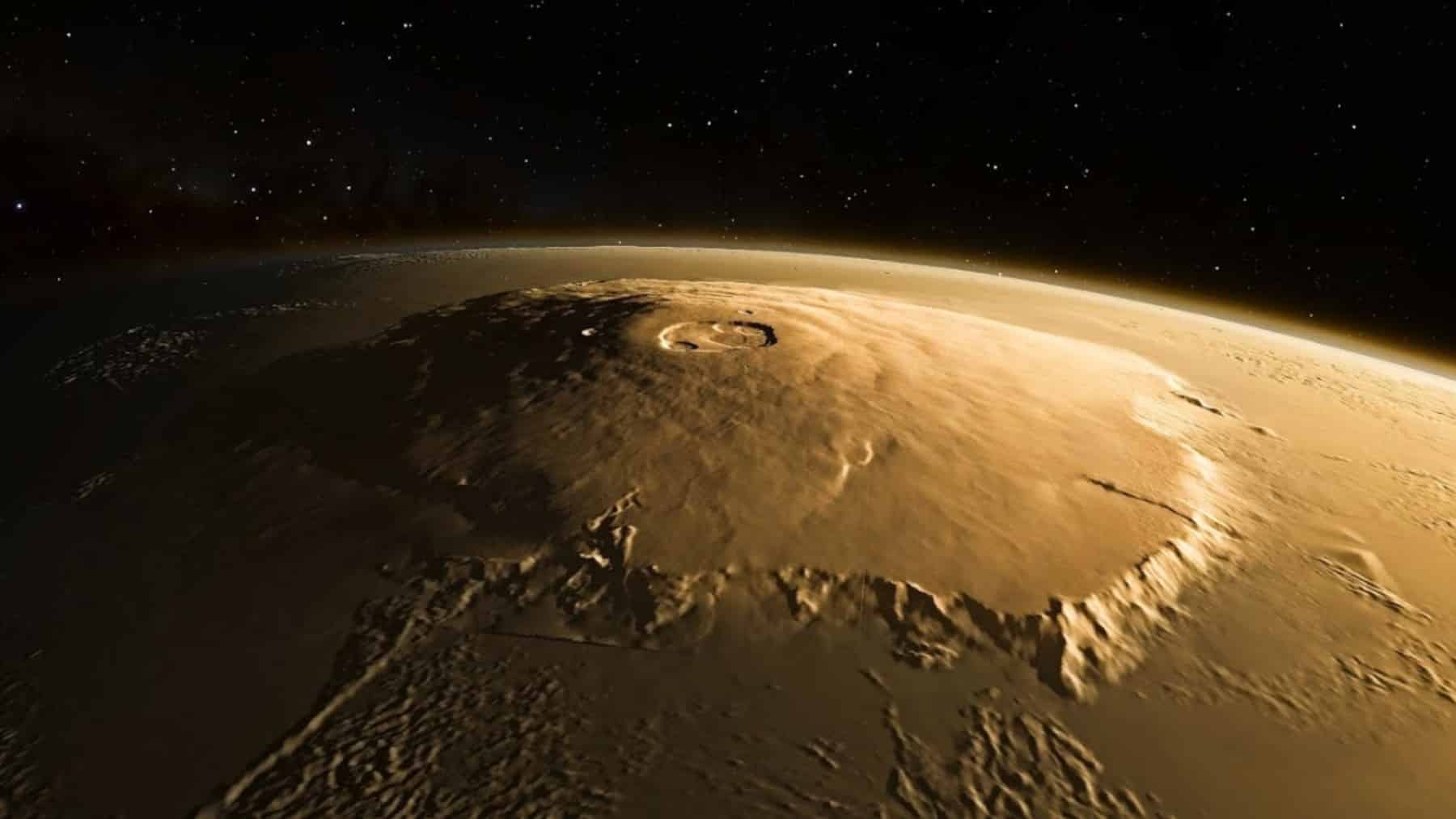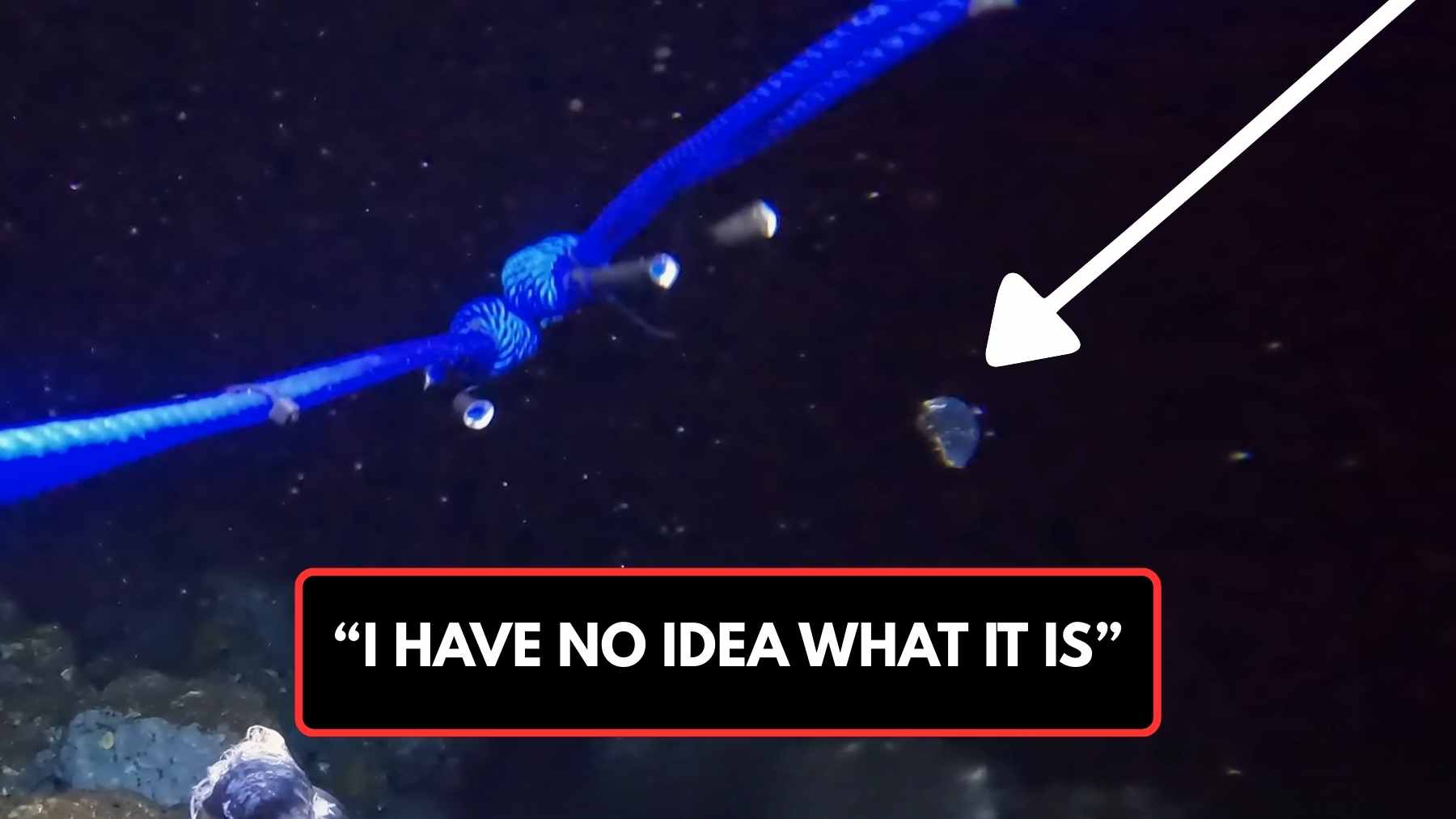There is a gigantic underground energy source that was discovered beyond the Earth. Discovered beneath the surface of Mars, scientists uncovered a geothermal energy reservoir that could provide fuel for the future. While nuclear reactors and solar panels have always overshadowed other heat sources, this superheated and surreal heat source offers potential for the Planet. Attention is now falling on the Martian crust and perhaps more so on what lies beneath that seems strong enough to power a city on Mars.
The discovery on Mars
Mars is known to be cold, but the latest data from NASA’s InSight lander detected Mars quakes near Cerberus Fossae. Such tremors showcase the internal heat that has been left over from the formation of Mars.
This energy can be used in Iceland and volcanic regions on Earth once geothermal energy can tap into the heat source. Stakes are high on Mars, and energy is essential for survival. Geothermal hotspots could be drilled and fluid injected, which would result in steam for turning the turbines to generate electricity.
The low atmospheric pressure on Mars can accelerate this process. Since water boils at low temperatures, energy can be extracted from shallow depths. Since CO₂ is plentiful on Mars, it can act as the working fluid, ensuring that systems perform efficiently. Energy researcher Jess Sia stated that geothermal is perhaps one of the best options. Of noteworthy is that a 10-megawatt geothermal facility could be established to power up a small city.
Better than solar and nuclear
Martian energy conversations have always taken the direction of solar and nuclear power. Solar arrays can be used in Martian probes. Still, there are limitations; Mars only gets about 43% of the Earth’s sunlight. Dust storms throughout the Planet tend to block out the sun. Thus, solar power is unreliable in the wintertime or near polar latitudes.
With NASA’s Kilopower reactors, nuclear power offers a better way forward. Since the reactors are sealed, they can generate more or less 10 kilowatts. A Stirling engine system can transform heat into electricity. The problem is that fissionable material tends to be scarce on Mars, and nuclear reactors are too complex to scale. As such, they are unable to meet the demands required by permanent settlements.
According to Mars Society founder Robert Zubrin, the initial nuclear power will lead to geothermal becoming the endgame.
Perhaps not solar, but the wind as a solution
If solar is not a solution, the Martian wind may very well be. Although wind won’t be the primary energy source because the atmosphere on Mars is thinner in comparison to Earth, making winds of about 100 km/h feel like a breeze. Such large turbines that have wide blades will still be able to capture usable energy.
Wind has benefits, and it works throughout the night and during dust storms when solar power is not a solution. Wind turbines can be used to complement systems and can be the best solution in emergencies. Martian energy may require diversity, and that is for solar, wind, nuclear, and geothermal energy to work side by side. Even Elon Musk is aiming to colonize Mars, and it will be this year.
Providing the power to reap the benefits of the Martian dream
Uncovering the geothermal hotspot under Mars offers a lifeline for expansion in space. The idea is to move from short-term habitats to more permanent colonies on Mars, but also to ensure that we have a larger portfolio of energy sources for all of civilization.
While solar is an option, solar power cannot function when there’s dust. Nuclear power has its setbacks, too. Wind is also a good solution; however, the ability to rely on wind is somewhat limited. Therefore, geothermal options are perhaps the best long-term solution.
According to Elon Musk, the future may be among the stars, and as such, Musk will colonize Mars this year, and the world will be shocked by this imminent plan, since Mars will certainly be a difficult place for early explorers and settlers to live.














